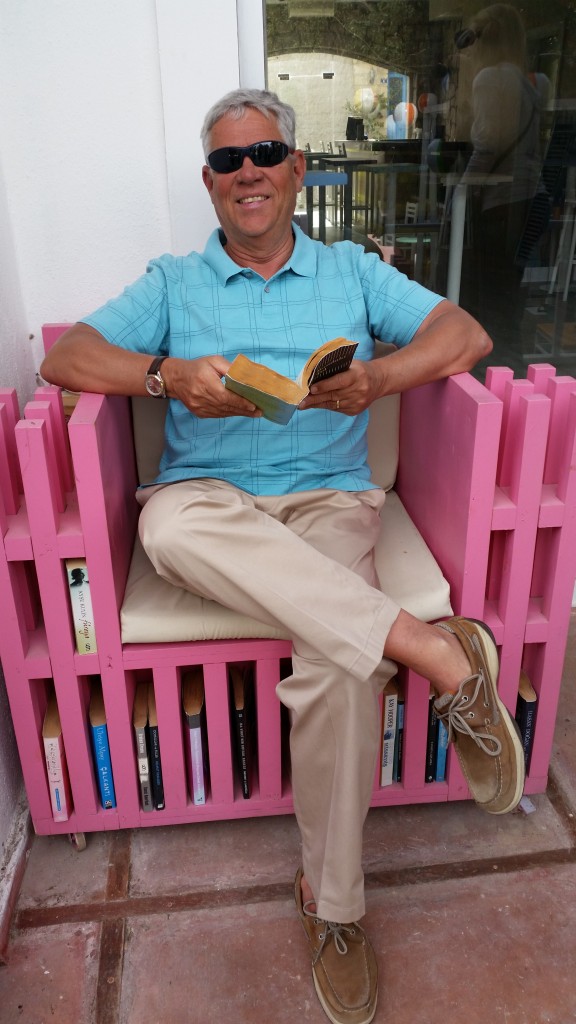Touring Turkey after touring Israel is like touring Texas after touring Rhode Island. The difference in size, scope, and amount of things to see is enormous. So in Turkey one has to settle for a small sampler, a Whitman’s sampler so to speak, with all kinds of Turkish delights. I suggest you sit back in your easy chair with your laptop, get a good cup of coffee, and prepare to be surprised by what amazing things there are to see and do and be edified by in Turkey. Let ole Uncle Ben be your guide…
The thing about Turkey is that it has ANE sites, OT sites, NT sites, Greco-Roman sites, early Christian sites, and it takes years to see them all. Years. It has taken me some twenty years of going to Turkey to really get a handle on how much is out there, and what is really worth seeing. It’s a challenge. Your average American sees Ephesus, maybe Istanbul, and a few of the churches of Revelation not realizing: 1) he or she has barely scratched the surface; and 2) not realizing how beautiful and fertile and friendly and huge a country Turkey is. We start our pilgrimage in what was once the capital city of Christianity— Constantinople today known as Istanbul a crowded but beautiful city of 15 million people (3 times the size of NY) which is the only major city on two continents– Europe and Asia.
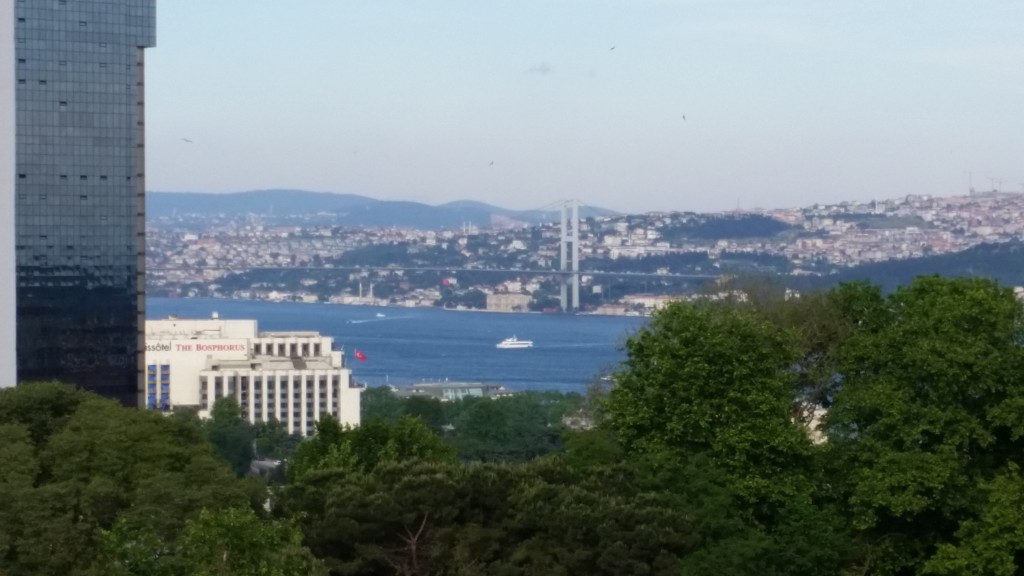 It was a beautiful 70F morning the sun was shining out my window on the Bosphorus. Time to go downstairs, have a cup of Turkish apple tea, and see what the street vendors were hawking before going downtown to the old city.
It was a beautiful 70F morning the sun was shining out my window on the Bosphorus. Time to go downstairs, have a cup of Turkish apple tea, and see what the street vendors were hawking before going downtown to the old city.
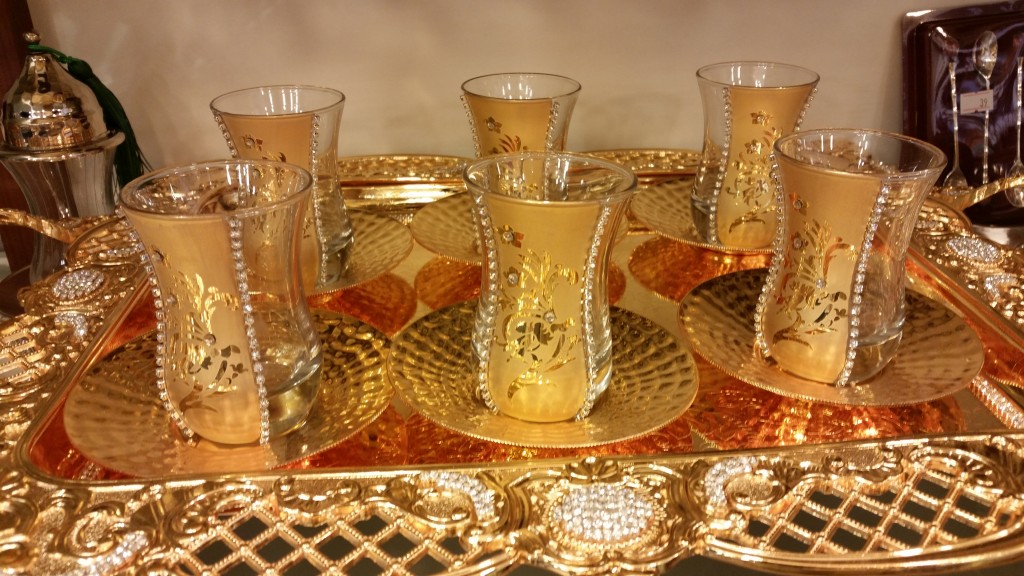
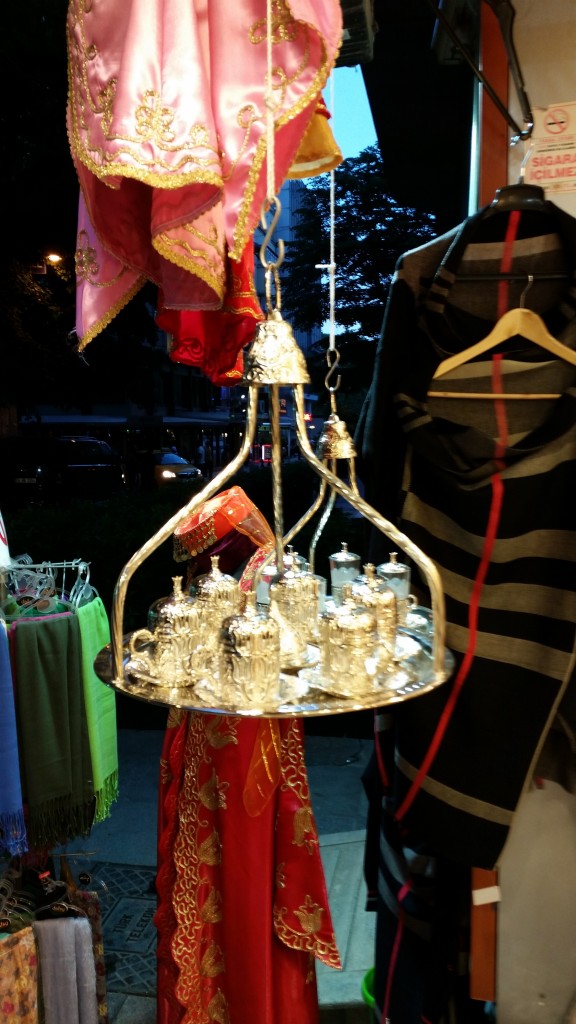
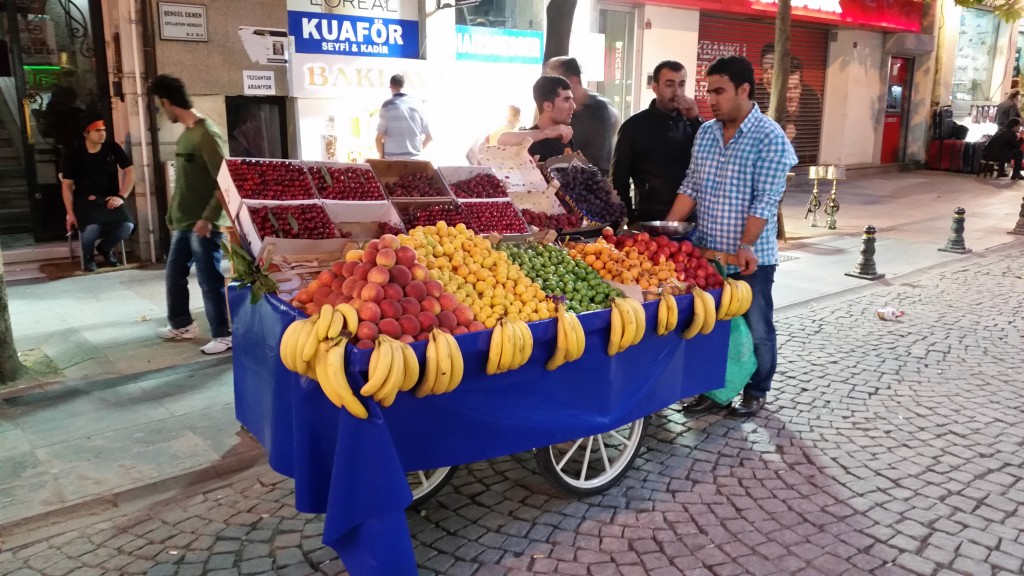
Every fruit and nut imaginable grows in this lush land. Time to get on the bus and head downtown, through the ancient aqueducts to where the old Roman hippodrome is, with the Blue Mosque and Hagia Sophia on either side of it.
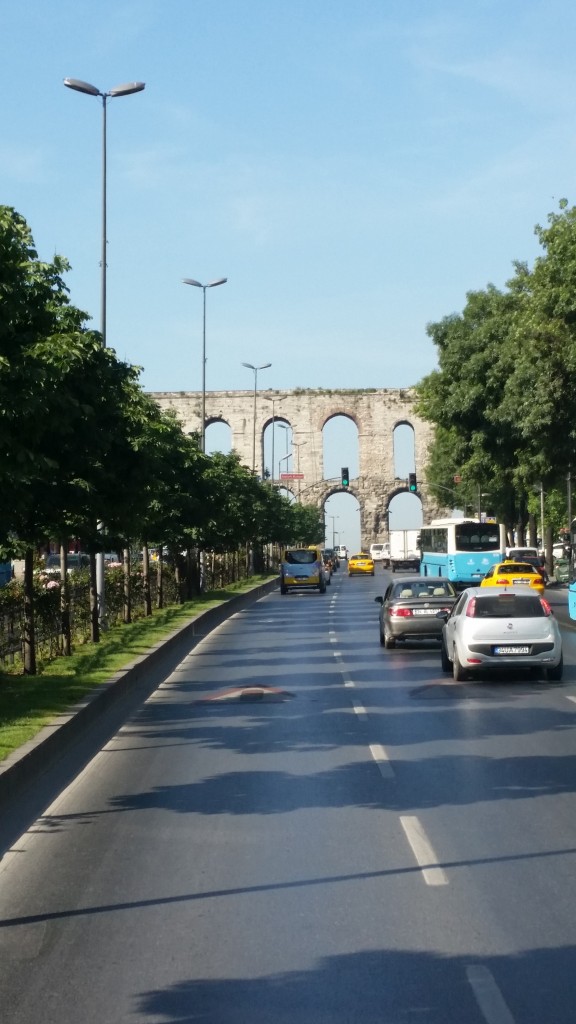
One thing to bear in mind is that the earliest Christian rulers beginning in the 4th century, like Constantine, Theodosius, Justinian, were Romans. They dressed like Romans, they acted like Romans, they played like Romans. So, it’s not a huge surprise to find a hippodrome, the race course built in the middle of old Constantinople, and why not import an Egyptian obelisk and erect it on the spina, or spine in the middle of the racing circle? When you rule the world, anything is possible.
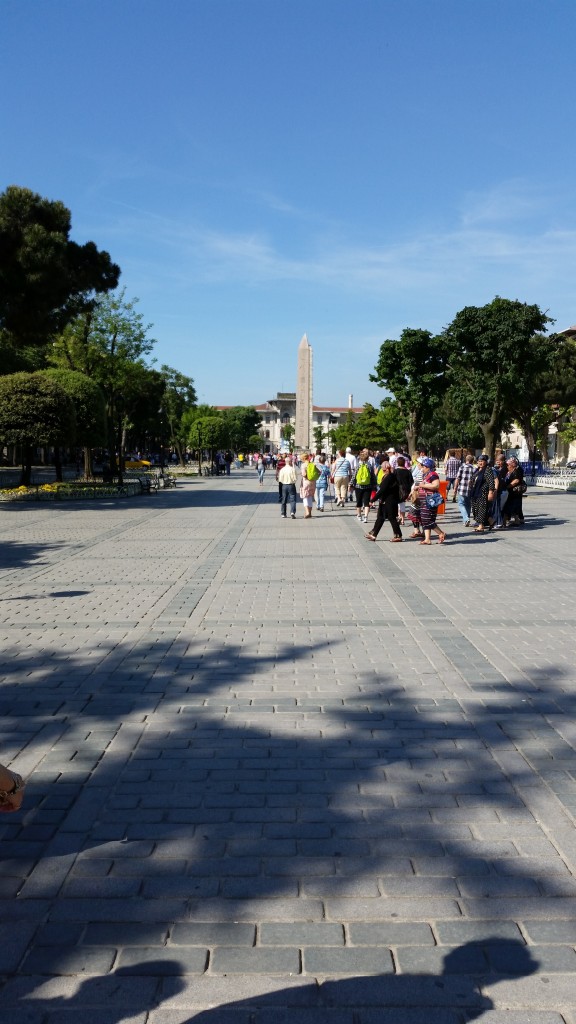
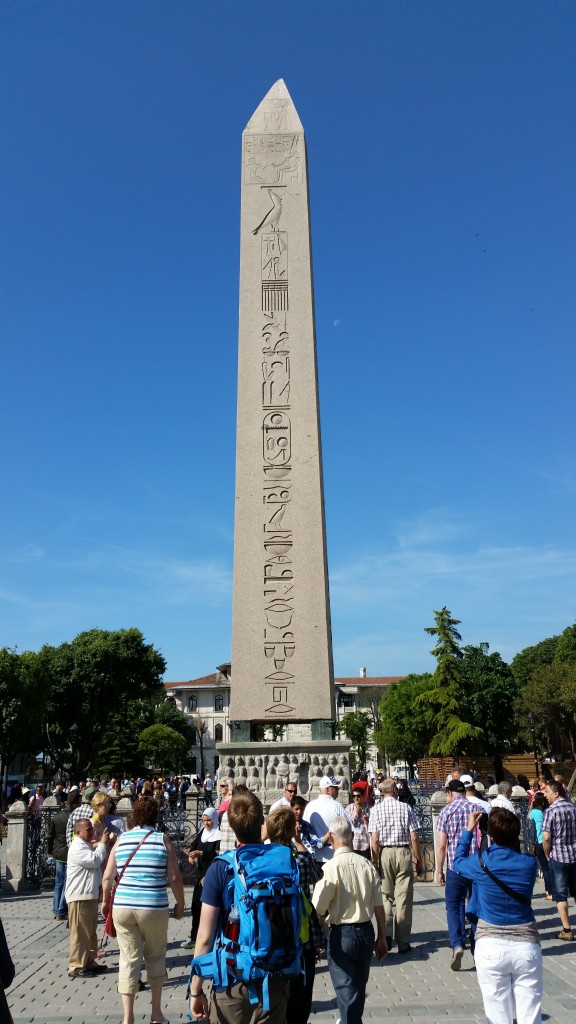
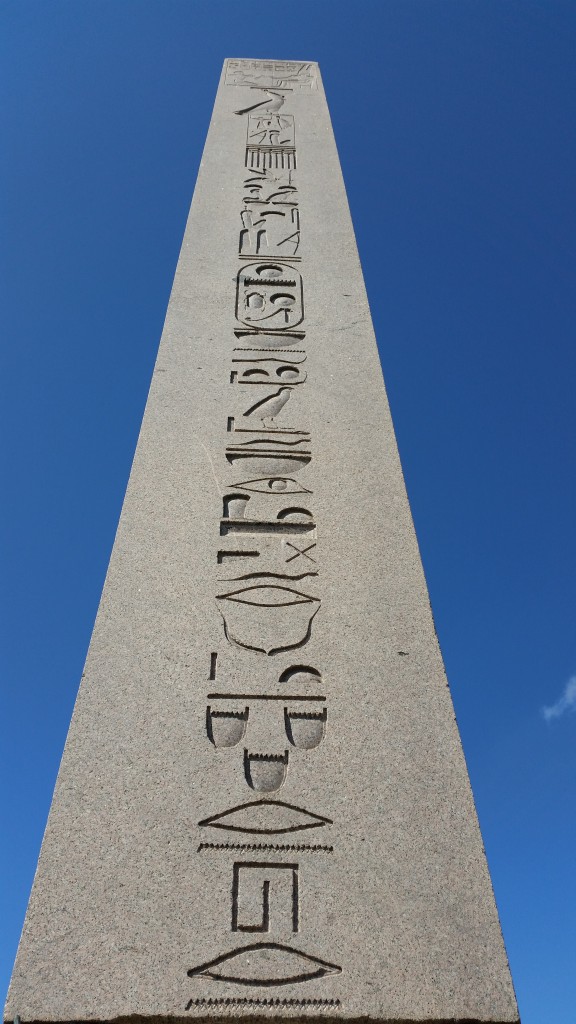
It was Theodosius in 390 A.D. who decided to import this obelisk and erect it here. Here are the proud Roman Christians at the erection….
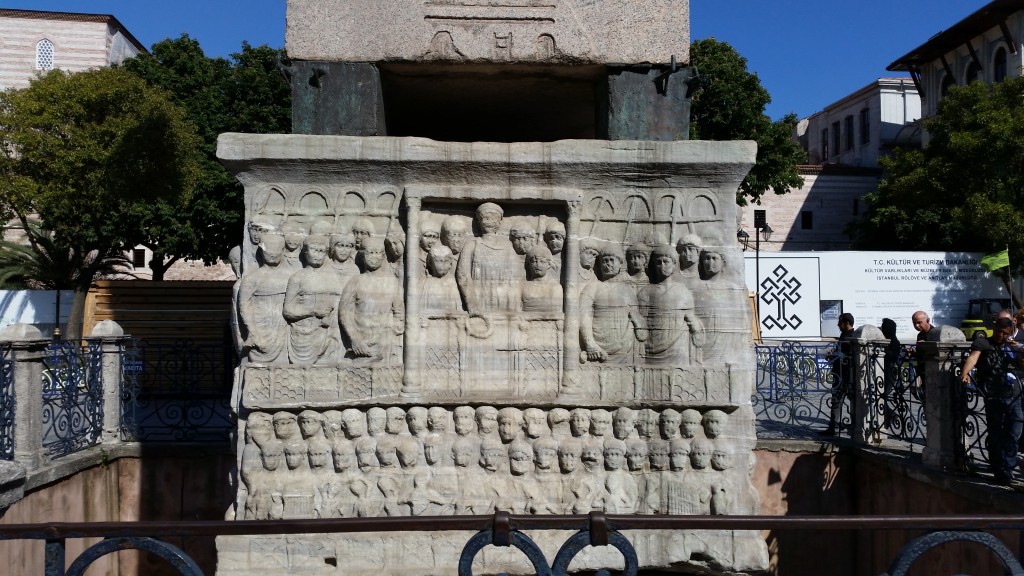
Never mind that this column has inscriptions about Egyptian gods on it, just saw it off (yes it was even bigger in Luxor before it was exported), put it on metal braces, and erect an honorific base showing the games and the laurel wreath and the celebration of the erection of this obelisk. Besides, it matches nicely with the Pythian Apollo snake statue a little further down the way… It is an absolute myth that the early Christian rulers like Constantine banished the old pagan religious symbols, practices, or even the Gnostic ones. They did not.
 (the head of the snake is in the Istanbul museum, and looks like this….)
(the head of the snake is in the Istanbul museum, and looks like this….)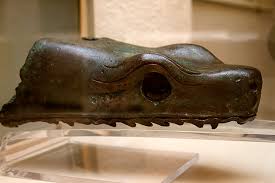 .
.
On either side of the race course are two major religious buildings. In other words, sports was the biggest competitor with established religion for money and devotion etc. The more things change the more they stay the same. Our next stop is at the Blue Mosque, but not without stopping for some famous Turkish corn on the cob…. a treat Turks love as a snack most any time. You can also have roasted chestnuts.
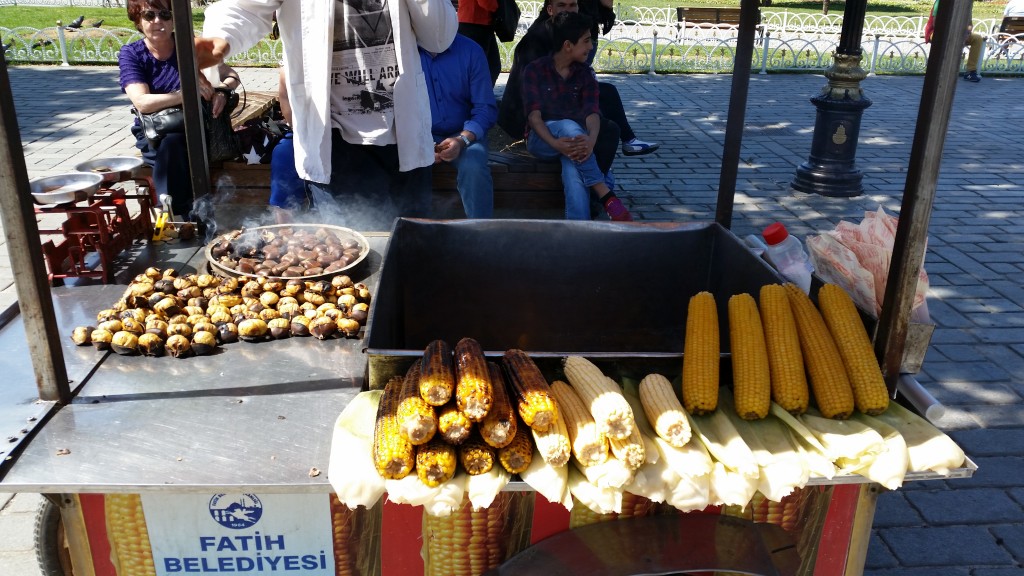
I always teach my pilgrims that if you want others to respect you and your faith, you need to show respect for theirs. This does not mean you have to agree with Islam, indeed you may strongly disagree with some of its beliefs and practices, but we are supposed to love our neighbors, and respect them. And we can appreciate beauty, and love, and truth wherever we find them, because all truth is God’s truth. So, I have no problems with Christians visiting the beautiful blue mosque, and what follows is shots from our visit there. Part of the showing of respect is that our ladies put on headcoverings.
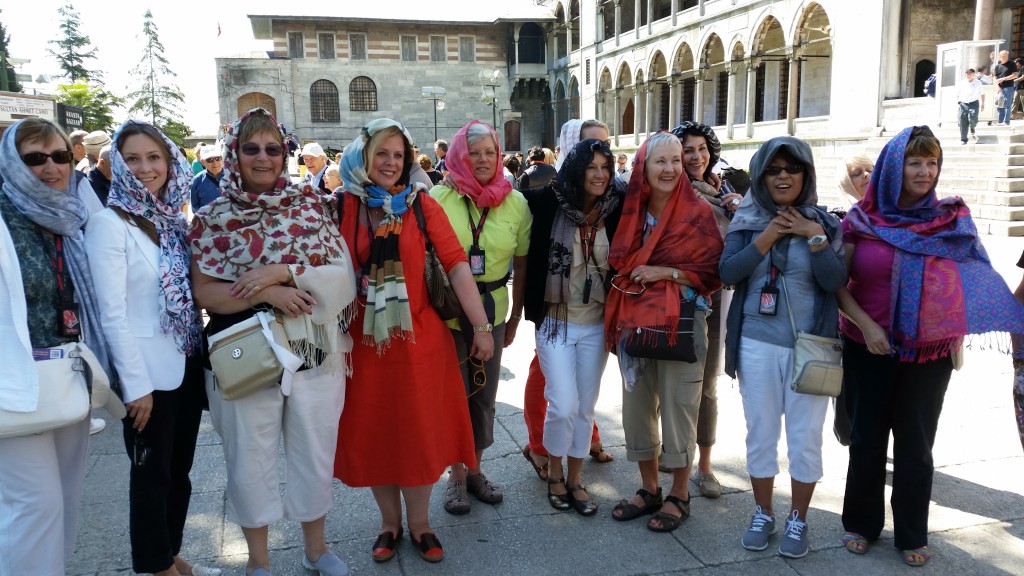
We also all had to take off our shoes before entering the holy place (a practice based in part on what Moses did at the burning bush). Normally a Muslim will take off his shoes, wash his feet and hands, and then go into the mosque and pray. It is basically a house of prayer, and the call to prayer comes at least five times a day. Normally they pray “there is one god Allah, and Mohammed is his prophet” and they do so in Arabic, even if they don’t speak Arabic, as that is their sacred language. Here are some shots from inside the Blue Mosque.
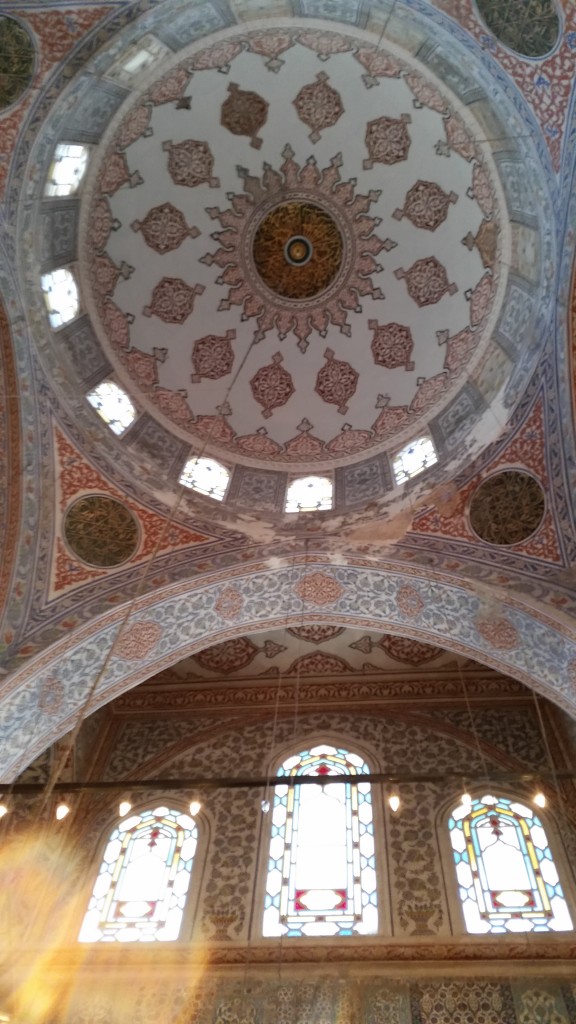
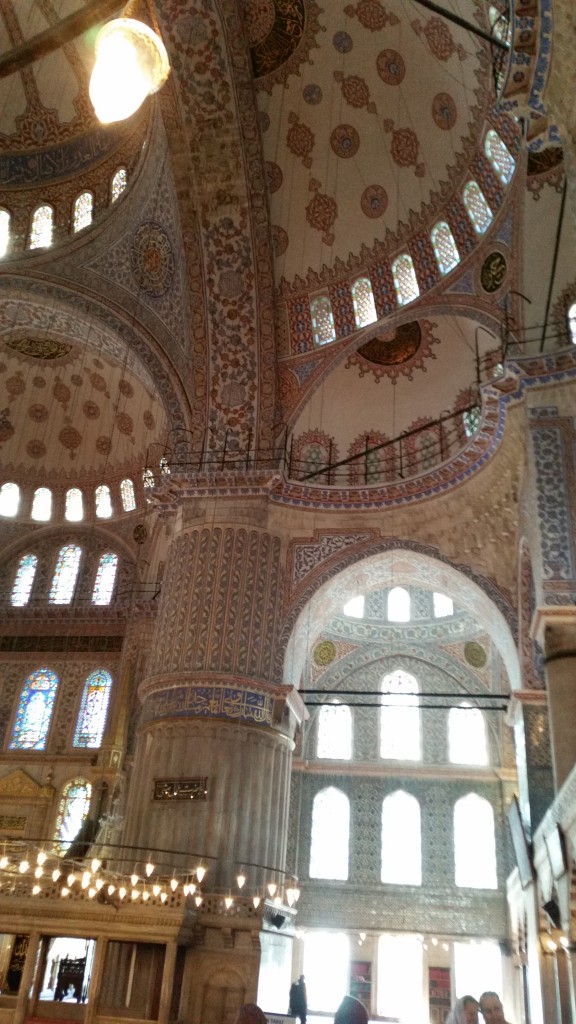
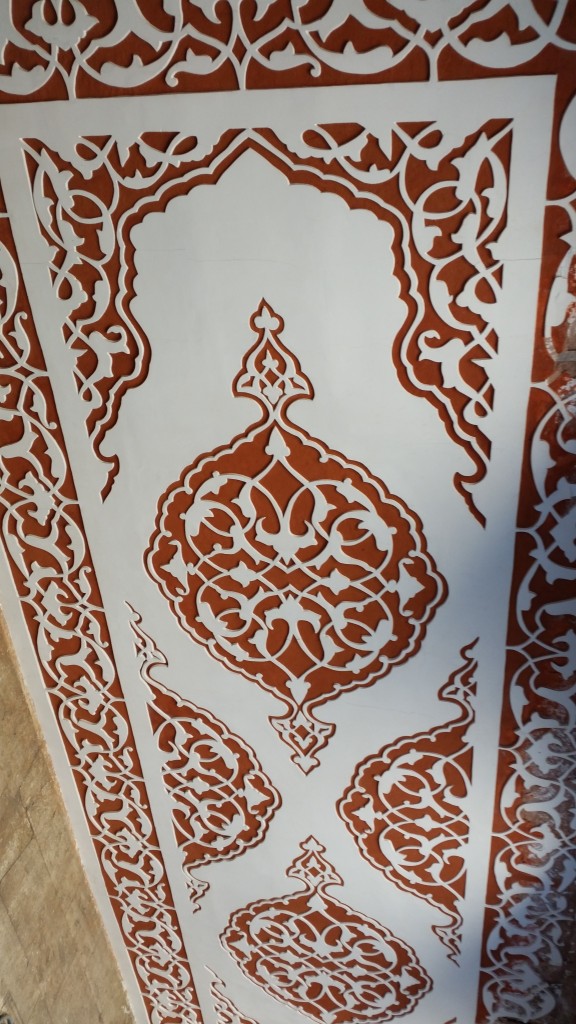
Normally prayer involved kneeling and bowing one’s forehead to the ground, but sometimes men just bow if kneeling is difficult, always they face Mecca. Here you see men praying, and a small child running around on the prayer rugs. In the background of the third picture below you see a pulpit for the cleric behind Elaine and Yuliya… there are occasionally sermons, specifically on Friday, their main worship day.
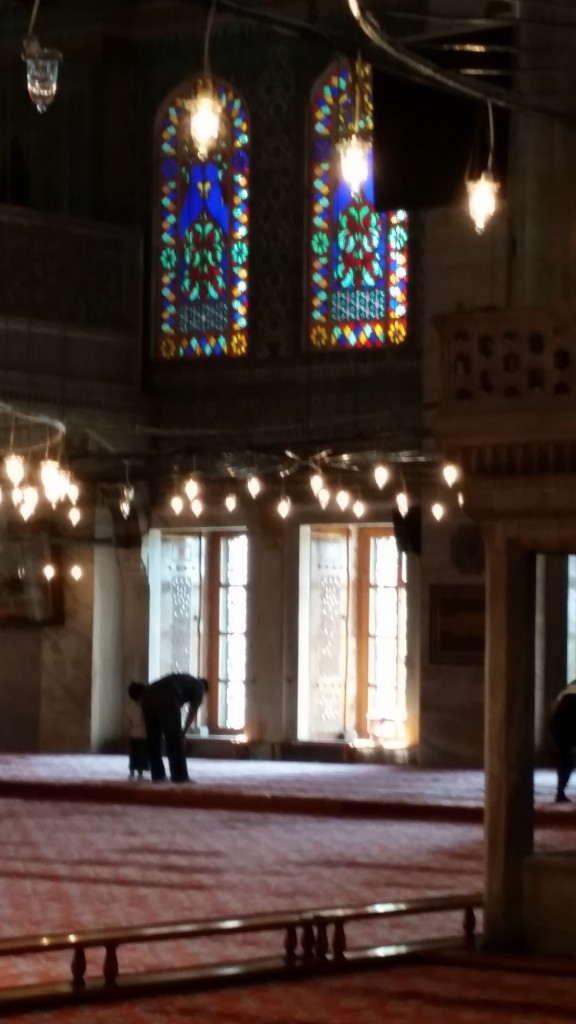
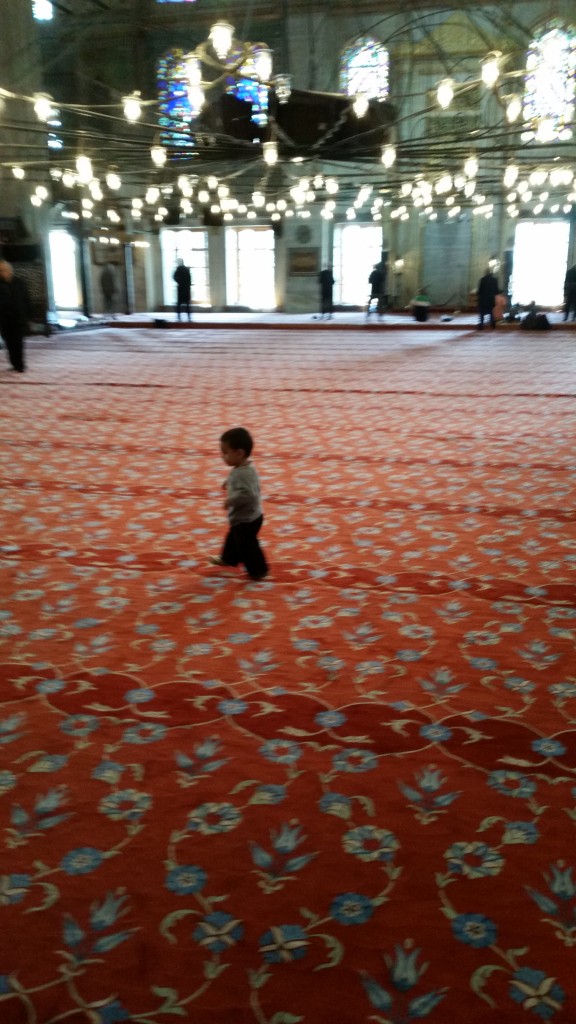
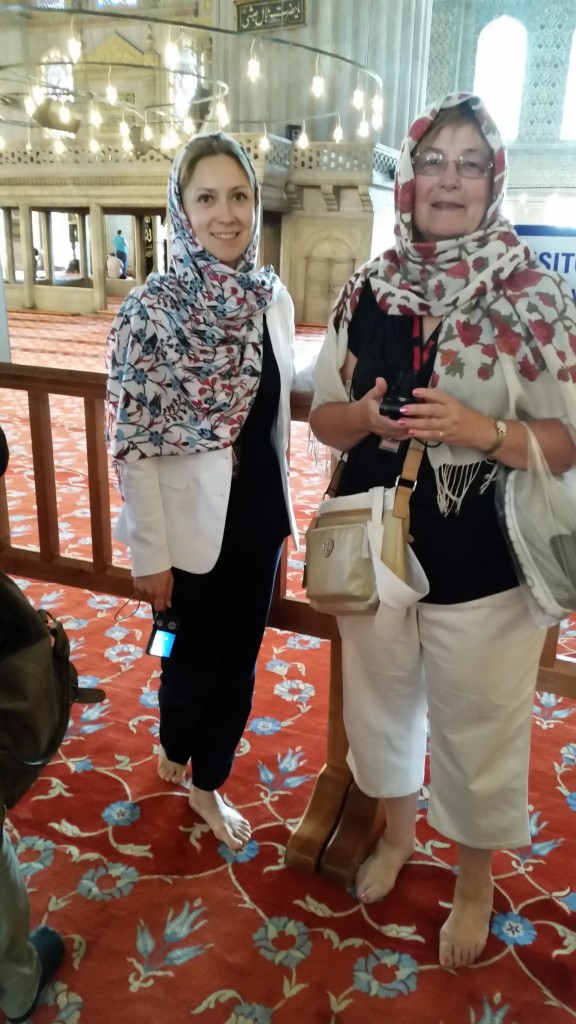
Next to the entrance door of the mosque is a long inscription, in Arabic, a passage from the Koran, presumably about worhsip.
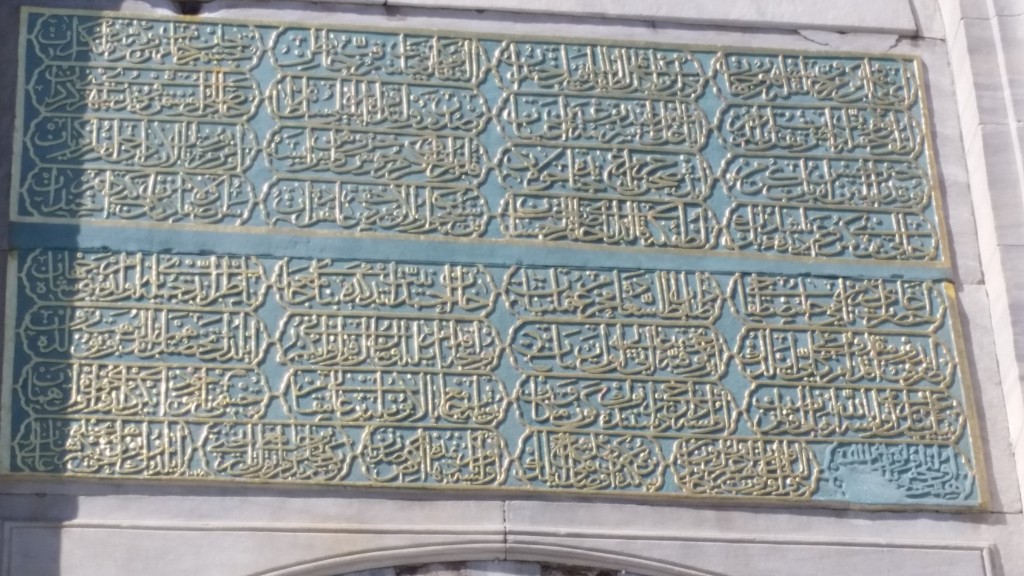
Next stop, the mother church of Christendom, which became a mosque, and then a museum, and is being restored. I am referring to Holy Wisdom Church— Hagia Sophia.


